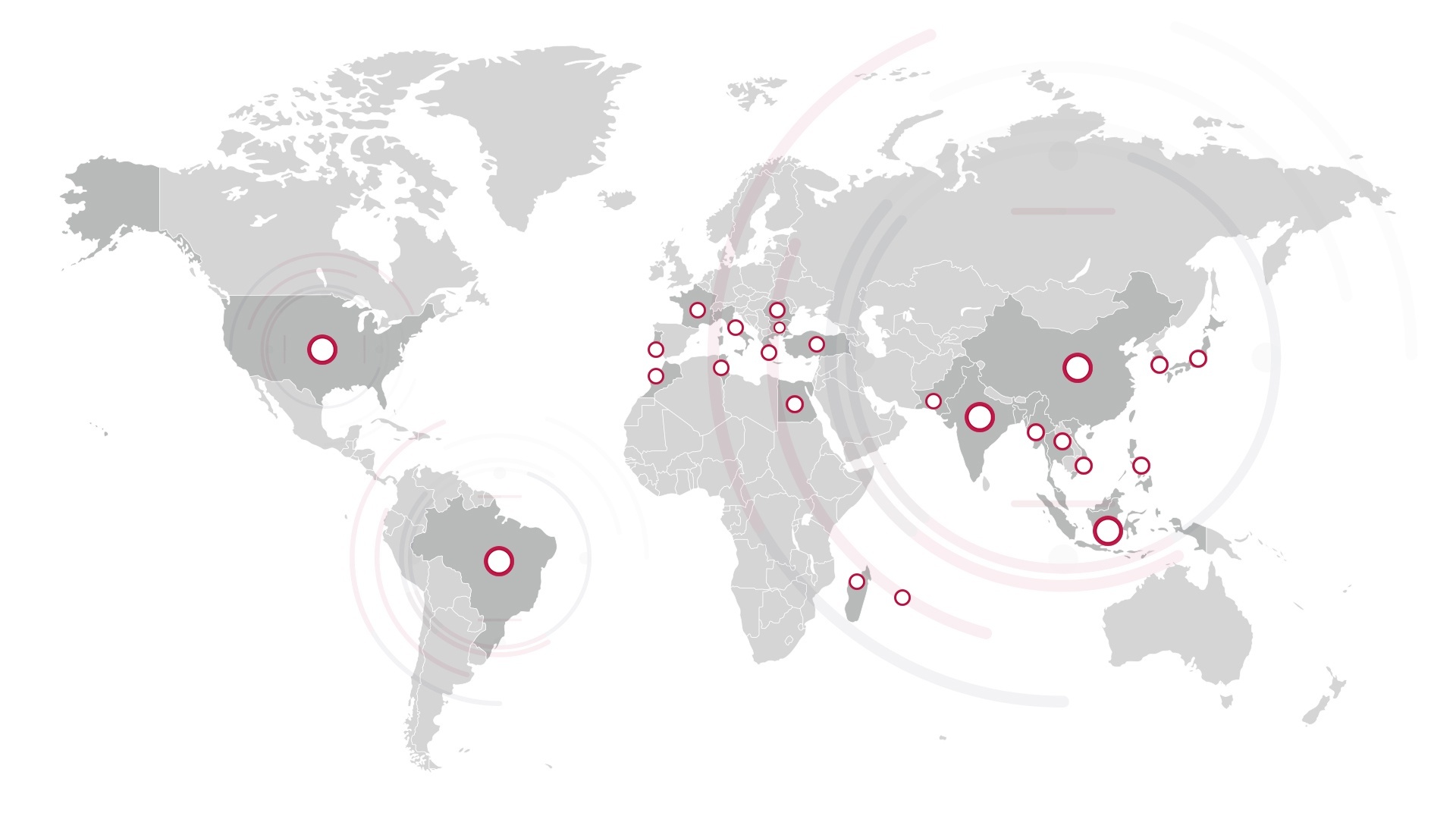In the fashion industry, AQL is one of the most frequently used terms, specifically in the apparel export industry. It is referred to as the ‘Acceptable Quality Level’ and is defined as the percentage of defective pieces which are tolerated/accepted by the buyer from the manufacturer. In other words, it’s the quality level that is least tolerable.
The Acceptable Quality Level differs from process to process, product to product and buyer to buyer. In this blog post, we’ll take a closer look at AQL in the apparel industry as well as explore what other options to ensuring textile quality management you may have.
Acceptable Quality Level in the Apparel Industry
Acceptable quality level can be classified into 3 different criteria, namely critical, major and minor defects and are used by importers to set the maximum number of defective units, beyond which a batch will be rejected. For example, importers will sate ‘I want no more than 2.5% defective items in total of the entire over quantity, on average over several production runs with the supplier.’
The quality level tool is usually used during the final outgoing inspections when the products are ready to be shipped out and are done on a sampling basis. It is crucial to understand that the acceptable quality level should not be used as a measure for preventing quality issues of defects. Relying on final inspections to identify any defective products or quality issues will result in major delays in production and will be a waste of time and money. It is almost impossible to eliminate defective products completely. They occur in virtually every batch and can occur even after manufacturers have checked individual products since visual inspections aren’t 100% full proof. Therefore, it’s important to ensure that your raw materials are up to the standard and quality of the type of quality products you expect to produce. If your raw materials are substandard, to begin with, you’ll risk experiencing significant quality issues during the final stages of production. Having control over the quality of your raw materials will reduce quality risks by up to 70%!
To read more on why raw material inspections significantly reduce quality issues, click here.
The Acceptable Quality Level Process
The AQL is expressed in a percentage number of average defective items and can be calculated using the following formula:
Average defective item = No. of defective item found during inspection / Total no. of item inspection x 100
For consumer goods, faults or defects which are found during random sampling or inspections are classified into four categories:
- Critical defects: Garment must be 100% accurate. (there is no range, and critical defects are entirely unacceptable.)
- Major defects: Normally 2.5% (products would be considered unacceptable by end users)
- Minor defects: Normally 4% (product slightly doesn’t meet specifications, but end user won’t mind it.)
- Slight defects: Normally 6.5% (defect is only recognizable internally)
Furthermore, the garment industry identifies 6 types of acceptable quality level standards, as indicated below:
- Acceptable Quality Level 1%
- Acceptable Quality Level 1.5%
- Acceptable Quality Level 2.5%
- Acceptable Quality Level 4%
- Acceptable Quality Level 6.5%
- Acceptable Quality Level 10%
The acceptable quality level standard used during inspections is subject to the price and quality of the product. Generally, a lower figure acceptable quality level standard (1%) is used for higher priced, higher quality garments whereas a higher figure standard (10%) is used for lower priced, lower quality garment.
A standard acceptance quality level for a garment factory is 2.5% for major defects and 4.0 for minor defects. Additionally, critical defects normally require a zero tolerance acceptance level and any products that fail to meet the set acceptance quality level will undergo 100% inspection.
In the garment industry, the following Acceptable Quality Level chart is used:
You may be interested in our complementary Textile Quality Management Checklist. Download it here.
So, is AQL your only option?
Although acceptable quality level sampling plans are popular in the apparel industry, they aren’t 100% effective in avoiding quality defects altogether. Setting up the acceptable quality level sampling plan can be difficult to accomplish, as the samples must be selected at random from the lot. Moreover, neither sampling nor 100% inspection will guarantee that every defect will be identified, and studies have shown that 100% inspection can be at most 80% effective. Even though this method is still effective, we emphasize again that it should not be the only method used to examine the quality of products or the materials purchased.
Avoiding quality risks goes far beyond quality inspections. It starts long before the development stage of your product, but with selecting the right suppliers and manufacturers. It’s important to have a healthy, credible relationships with your suppliers to guarantee that the raw materials coming in meet your set quality standards and specifications. Moreover, outsourcing your quality management systems to apparel professionals who are experts in the industry has many benefits for your brand. They have the knowledge required to perform AQL sampling, laboratory tests, textile quality audits, quality control and more effectively, and will work alongside your organization to achieve quality and brand goals.
Do you have any questions regarding textile quality management or outsourcing your quality management systems? Please feel free to leave a comment below, we’ll happily respond!
{{cta(‘f1000ad6-2b1d-4cdc-9854-652daab42f81′,’justifycenter’)}}


.jpg)
%20chart.jpg)

